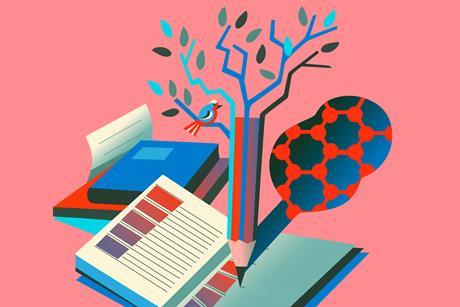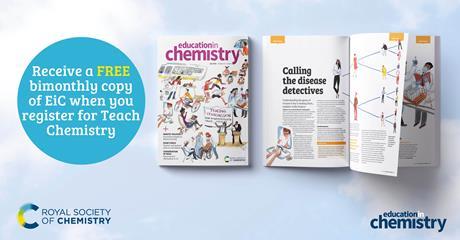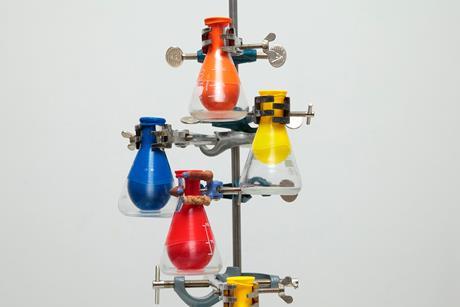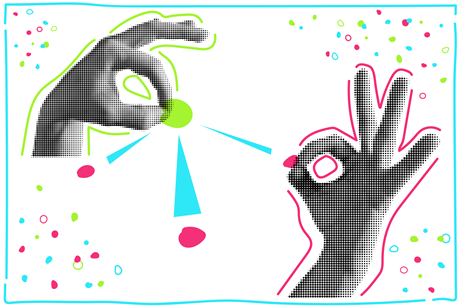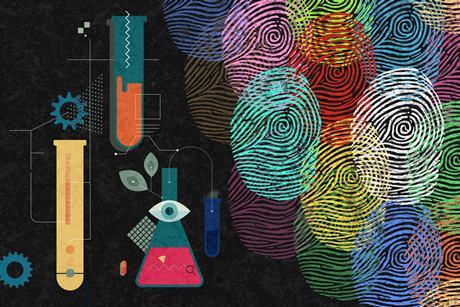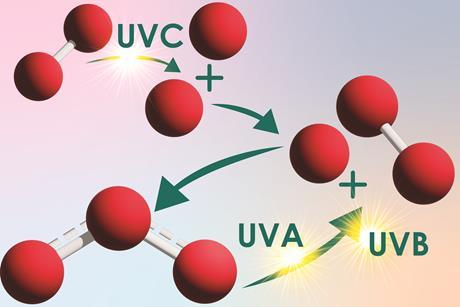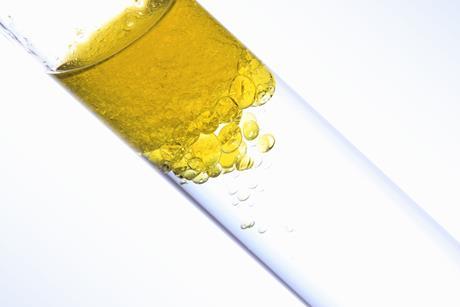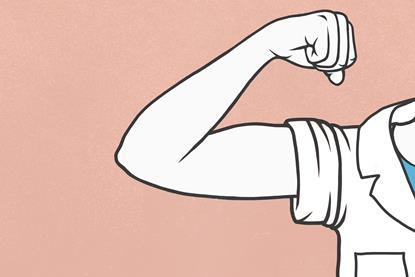5 ways to use structure strips effectively
Bolster your students’ ability to write independently with these five effective strategies
5 ways to use structure strips effectively
Bolster your students’ ability to write independently with these five effective strategies
Escape the classroom: and revise chemistry knowledge
Challenge your students to break out of the lab and prepare for exams
Fuel curiosity in science careers
Help foster the next generation of scientists by linking teaching topics to real-world events and career pathways
Illustrate polymer properties with a self-siphoning solution
Demonstrate concentration and density with a transition metal colloid cell
Highlight transition metal chemistry with an oscillating luminol reaction
Reversible reactions with transition metal complexes
Demonstrate changes of state using volume differences
- Previous
- Next
How visuospatial thinking boosts chemistry understanding
Encourage your students to use their hands to help them get to grips with complex chemistry concepts
Understanding how students untangle intermolecular forces
Discover how learners use electronegativity to predict the location of dipole−dipole interactions
3 ways to boost knowledge transfer and retention
Apply these evidence-informed cognitive processes to ensure your learners get ahead
Why equity and inclusion are key issues for chemistry teachers
Louise Archer from the ASPIRES project explains the reasons you should prioritise science capital in your classroom
Why we should ditch working scientifically
Explore a different approach to this national curriculum strand, grounded in contemporary cognitive science
How do you feel about working in science education?
Tell us what it’s like by taking part in the Science teaching survey, and we can improve our support for you



